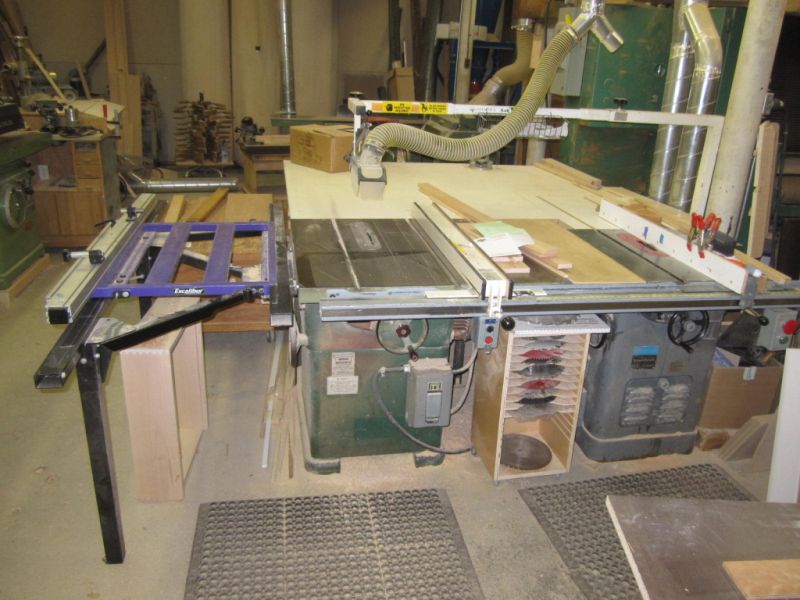Attaching Freestanding Cabinet End Panels
Cabinet designers compare details for connecting cabinets to the floor at freestanding ends. March 12, 2014
Question (WOODWEB Member) :
When preparing architectural millwork shop drawings, we often deal with semi-free standing end panels of legs. Our standard is to attach a cleat at the floor and/or wall, set the panel over it, and then attach through the panel to the secured cleat. What is the standard method of attachment you use at your shop?
Forum Responses
(Architectural Woodworking Forum)
From contributor G:
The detail you posted is the way we have been doing it for years. We do a lot of high-end kitchens on palm beach island and singer island and this is our standard detail for refrigerator panel attachment. Our millwork shop drawings do not show it but that is our standard.
From contributor V:
I have seen that method but even more frequently. I see simply two panels at 3/4" (1-1/2" total) with a 3/4" route out for the blocking, but itís basically the same thing. I like your style on high-end as there is no joint that can telegraph through. I have seen some cases where it is attached with angle aluminum at the countertop and back wall with adjustable feet where it meets the floor, but that is more regularly a commercial install. I actually have seen a few high-end installs done that way (against my recommendations though).
From contributor M:
I usually do a two piece installation if one side is not visible: a dishwasher on the end of a run for instance. The first piece of birch ply is scribed and then pocket screwed to the floor. Then the ply is capped with the finished end and attached 1-9/16" face. All of the screws are on the inside.
From contributor L:
Very similar to what we do. I prefer to not do mitered veneer to the floor because it is easily damaged. Actually running a veneered panel to the floor isn't the best solution given the sloppy mop/floor buffer syndromes in commercial applications.
